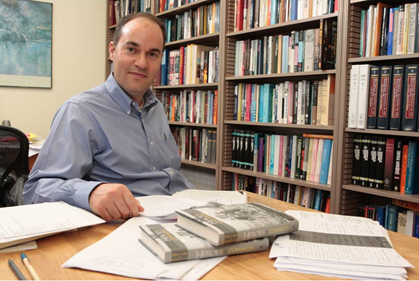By EDWARD L. GLAESER
August 31, 2010, 6:00 amThe pressing needs of a great recession crowd out interest in global warming. The environmental economists Matthew Kahn and Matthew Kotchen have found that a higher state unemployment rate is associated with a decrease in Google searches for the term “global warming” and a lower “probability that residents think global warming is happening.” But I hope enough readers can tear themselves away from the current downturn to look at Professor Kahn’s engaging and provocative new book, Climatopolis: How Our Cities Will Thrive in the Hotter Future.
Professor Kahn has been one of my favorite economists and co-authors since we studied urban economics together 20 years ago. He made his name working on the intersection of urban and environmental economics, on topics like the silver lining of the Rust Belt’s decline. The improvement of air quality in deindustrializing places like Pittsburgh seems to have attracted skilled people and boosted the local economy. He has done important work with his wife, Dora Costa, on the correlates of cowardice during the Civil War, and he now maintains one of the more enjoyable economics blogs.
Professor Kahn isn’t skeptical about global warming, but he is (quite reasonably) skeptical about our ability individually and collectively to reduce carbon emissions: “attempts to reduce or reverse our carbon output — to mitigate the damage that we’ve already done — aren’t going so well” and “evidence shows that very few individuals have cut back on their carbon-producing activities at all.” Consequently, he predicts, “the world is going to get hotter.”
But while this would lead many people to doomsday scenarios, Professor Kahn is an optimist who believes “that we will save ourselves by adapting to our ever-changing circumstances.” He says this salvation will come from “a multitude of self-interested people armed only with their wits and access to capital markets.” In short, the same economic system that led to global warming will rescue us from it.
Professor Kahn emphasizes that “migration is crucial for reducing the costs we incur from a given shock,” that moving from places that have become less unbearably hot to places that have become more pleasant — “the ability to ‘vote with your feet’ and migrate to other cities” — acts as an insurance policy. If hot places become unbearable, then once unfashionably icy places will boom. That seems reasonable to me, although there will be plenty of social loss if we abandon cities where we have invested billions in infrastructure. …
Climate Change and the Wealth of Nations















